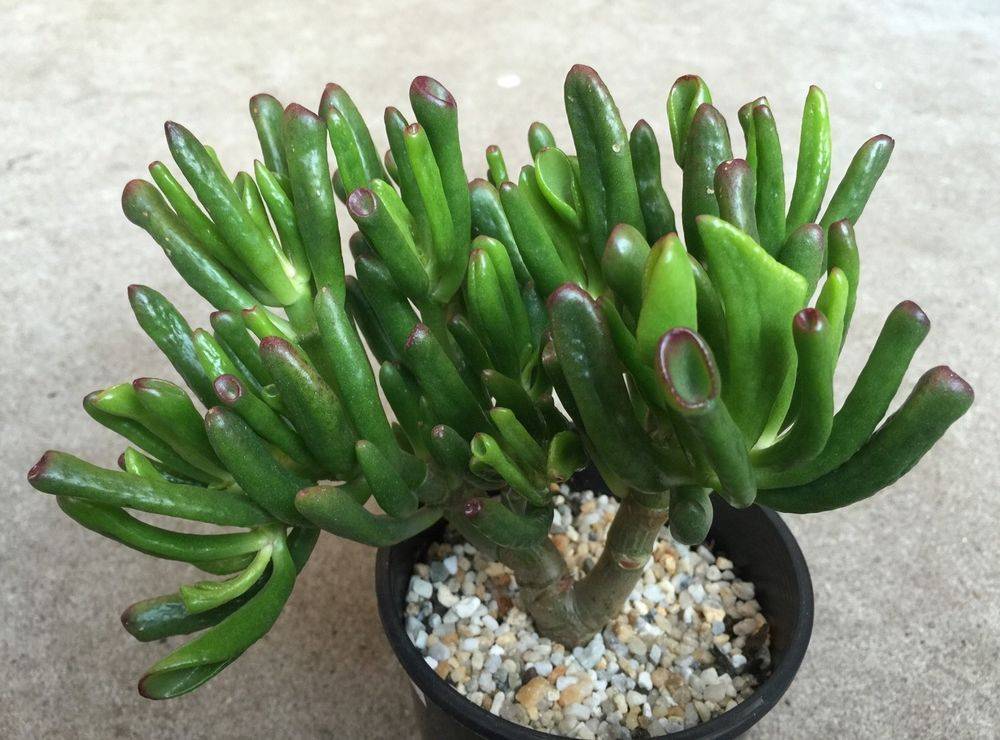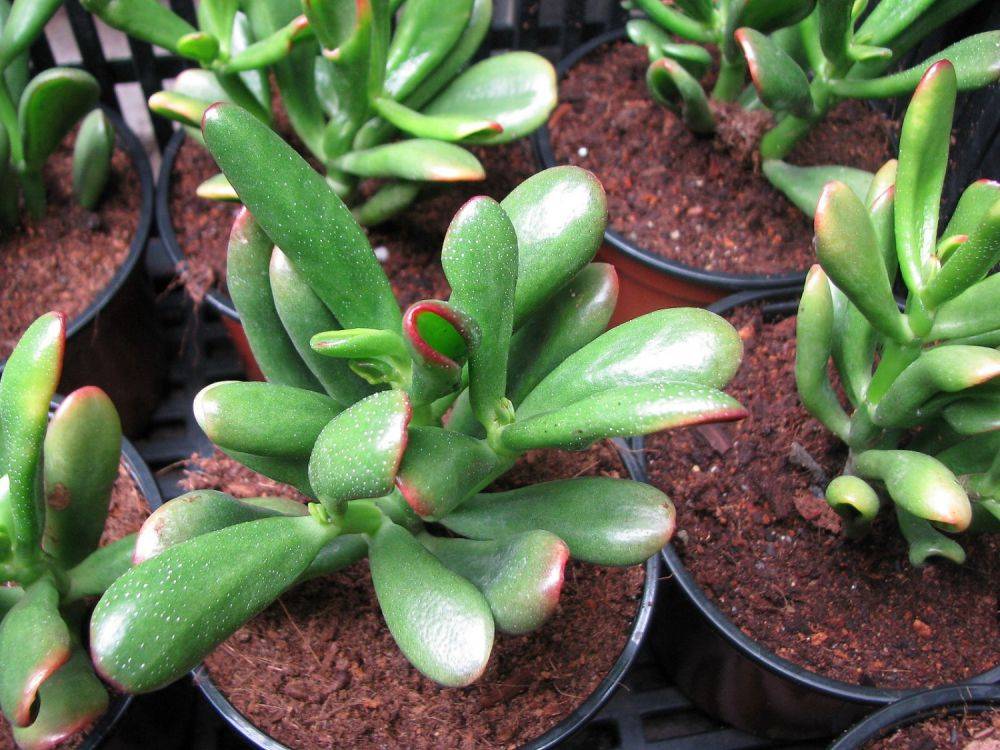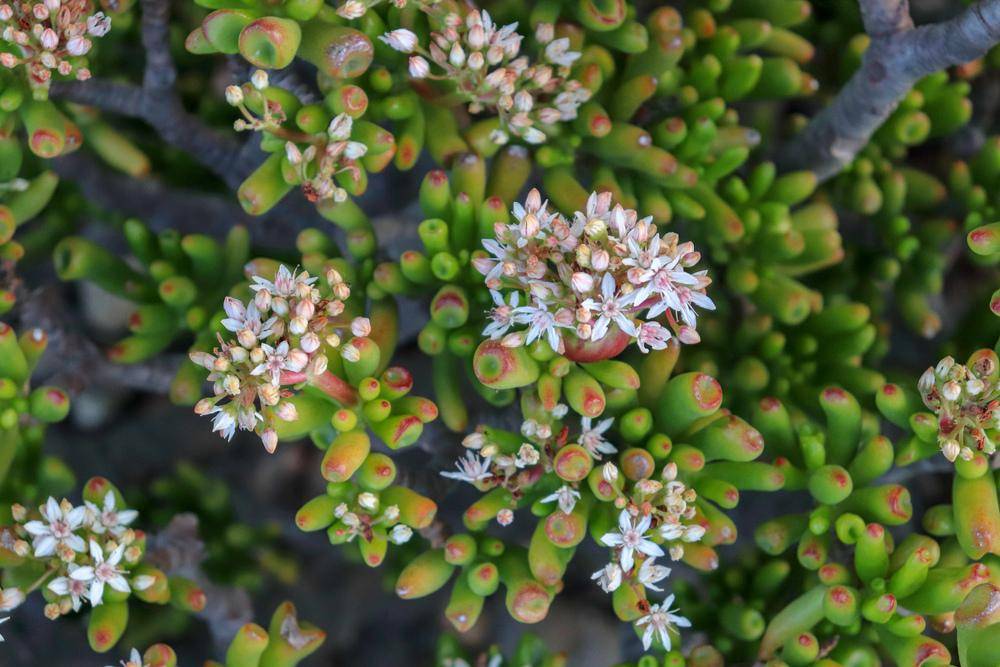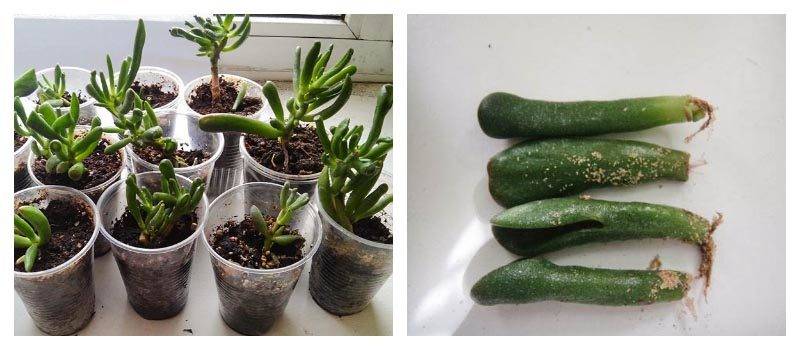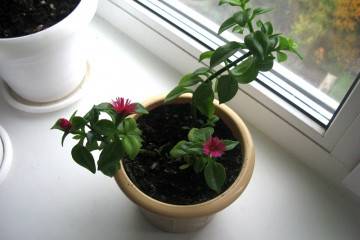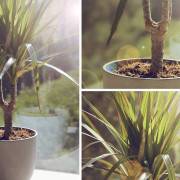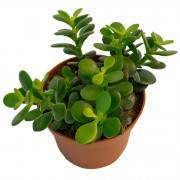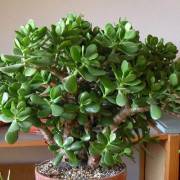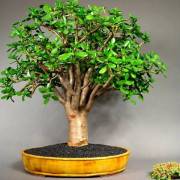Crassula Ovata Hobbit
Content:
Among fans of floristry, there are hardly those who have not heard of the succulent with the strange name Crassula The Hobbit, which it received for its resemblance to the ears of the cartoon character Shrek. Blooms in large light pink flowers. The plant belongs to the Tolstyankov family, which is confirmed by the translation from the foreign language - "сrasus" - "thick". Biologists count more than 300 varieties of Crassulae. They all stand out with thick, fleshy leaves.
History of appearance
A flower that looks like a coral reef appeared on the windowsills of amateur florists thanks to breeders from the United States in the mid-70s. last century. The basis for breeding a new species was Crassula Lactea, or, as the common people say, dairy. As it grows, a bush with succulent leaves turns into a tree due to the lignification of the branches and trunk. In nature, it can grow up to two meters. At home, it reaches 80 cm.
Flower care
The plant is quite unpretentious and does not need any special conditions for its existence. It is very easy to look after him. You just need to know some of his needs.
Lighting and temperature
This flower comes from warm countries, which means it has a great need for a long day of light. The longer the day lasts, the better. But direct sunlight is not particularly desirable, as are places where there is solid shadow. A good option would be bright, but diffused light on the windowsill of windows located in the southwest direction.
Watering
The Hobbit Fat Woman does not need frequent watering due to its moisture retention ability. Winter watering should not exceed 1 time in 1-2 weeks. It all depends on the temperature and humidity in the room. But the earth also does not need to dry out. To learn how to water properly, it is worth checking how dry the soil is. This can be done with a wooden skewer. In the warmer months, they are watered after the ground is half dry, and in the cold, when completely.
Soil quality and fertilization
The soil for planting plants can be taken either ready-made, intended for succulents and cacti, or made independently. For your own cooking, you will need river sand, turf and leafy substrate. Everything is taken in equal parts and calcined in the oven before planting. This is necessary to avoid infection of the flower with pest larvae and the introduction of infections. Drainage from expanded clay must be laid at the bottom of the pot. Thanks to him, moisture will not stagnate.
Crassula species Ovate Hobbit, like other succulents, needs periodic fertilizing. In summer and spring, the plant is intensively fed with organic cactus and succulent products once a month. In autumn and winter, Ovata has a dormant period, therefore, one-time feeding is allowed throughout the winter.
Transplant features
When transplanting an adult plant, there are some details to consider. There must be a suitable potting mix and container. Usually they take a pot that is not high, but wide. The diameter of the pot should correspond to the size of the flower crown.
Bloom
Crassula, similar to coral, is interesting not only with leaves, it is also beautiful during flowering, which, by the way, is rare. If all conditions are provided to her at home, she will delight with small inflorescences. For this to happen, you need to leave a few branches intact while forming the crown.
By the way, flowering is one of the main ways in contrast to the types of Crassula. Fat girl Gollum blooms with pale pink flowers, releasing before that loose buds. And the fatty Hobbit releases dense buds that will open with snow-white flowers.
Breeding Crassula Ovata Hobbit
Crassulae reproduce quite simply, no matter what kind they are. There are several ways: by seeds, leaves, cuttings or dividing.
Cuttings
The most popular and easiest way is grafting. For this, a stalk up to 10 cm is taken with the lower leaves removed. Then it is dried in a shaded place until the traces of the removed sheets disappear. Only then is it placed in water, which is regularly changed. To prevent rotting, it is recommended to add charcoal. When roots appear, the cutting is planted in a small container. Watering should be daily.
Sheet
With leaf propagation, the hassle is even less. The fallen leaf takes root on its own, once it is in the soil. True, the difference in rooting with cuttings is big. It runs slower.
Seeds
Seed propagation is the most laborious process. When caring at home, Crassula Hobbit very rarely blooms, so it is problematic to get seeds. But they can be purchased. Spread out on damp ground and sprinkle lightly. Cover with foil on top, and transplant when leaves appear.
Growing problems and disease
There are several problems with growing:
- falling leaves during overflow or drought;
- poor stability of the bush due to an incorrectly selected pot;
- fungal diseases that are treated with fungicides according to the instructions.
All this can be avoided by knowing the properties of the flower and the features of caring for it. Basically, pests rarely attack a bastard.
In general, Crassula The Hobbit, or Crassula Coral, as many call it, is an amazingly stylish, unpretentious, eye-catching fabulous plant. If you look after with due attention and love, a flower can delight its owner for many years, and can respond to care with the beauty of exuberant flowering.
